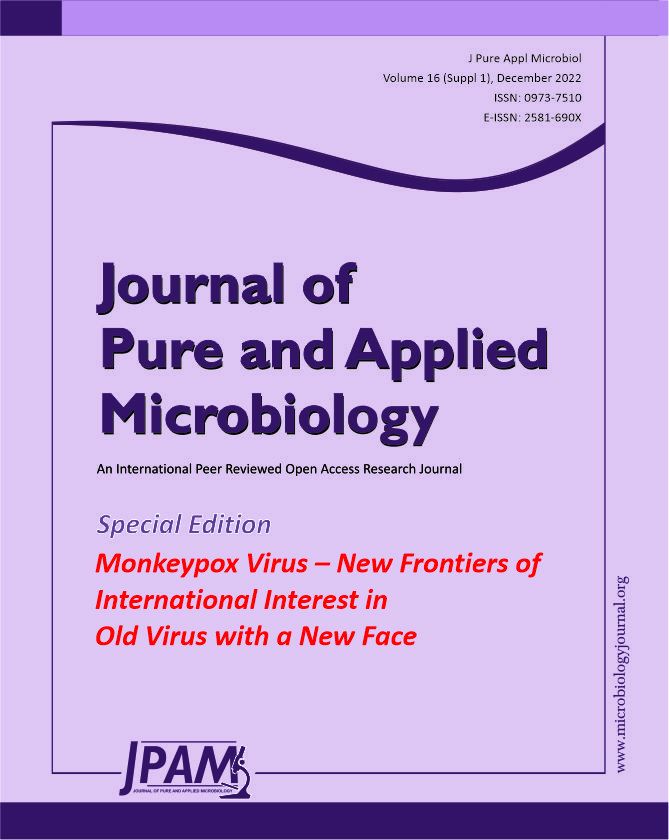The world has been facing a back-to-back hit to life after widespread of viruses since the time of COVID-19. The pandemic had a devastating effect and created history in mankind, but that was not enough for the time. The viruses are been known to be the deadliest microbes by virtue of their ability to reside as inactive for long time and become active again along with new variants when the conditions are favourable. One such noted spread out of virus has been that of Monkeypox Virus in humans. A zoonotic orthopoxvirus that can infect humans, the monkeypox virus (MPV) can cause disease with varied morbidity and death in humans. It has been demonstrated that members of the Orthopoxvirus genus decrease antiviral cell defences, take advantage of host cell machinery, and postpone infection-induced cell death. The name Monkeypox was after its first observation in Macaque monkey but the virus’s origin has been linked to a number of rodents and small mammals. The virus was endemic to Africa and is closely related to notorious variola (smallpox) virus. They both affect people with a febrile rash sickness that is similar to smallpox but has less severity. Monkeypox can spread from person to person and it is frequently related to breathing droplets or direct contact with mucocutaneous lesions of an affected person. There is now no cure available for those who are affected, yet supporting therapies can be used to help people with their symptoms. To better comprehend and prevent human infections, additional study is required on the epidemiology, ecology, mutations and biology of the new virus strains in endemic locations.
Endemic, Monkeypox, Orthopoxvirus, Virus, Zoonotic
© The Author(s) 2022. Open Access. This article is distributed under the terms of the Creative Commons Attribution 4.0 International License which permits unrestricted use, sharing, distribution, and reproduction in any medium, provided you give appropriate credit to the original author(s) and the source, provide a link to the Creative Commons license, and indicate if changes were made.


